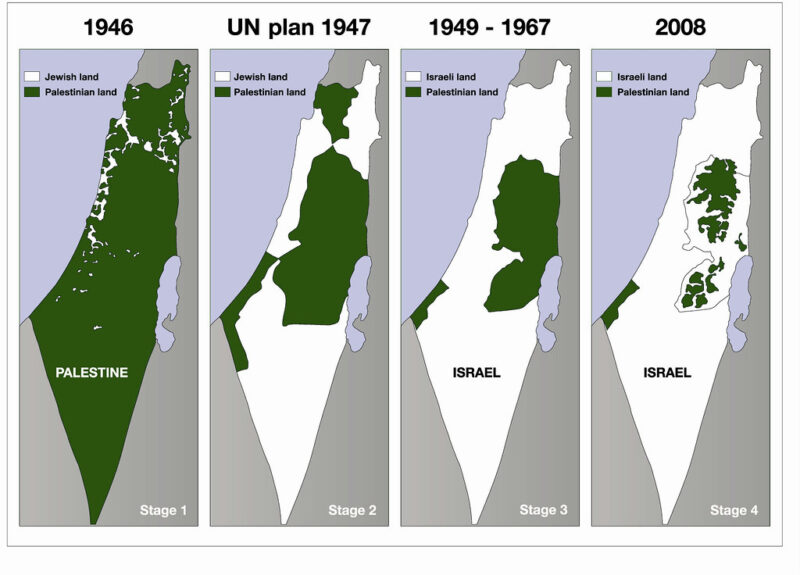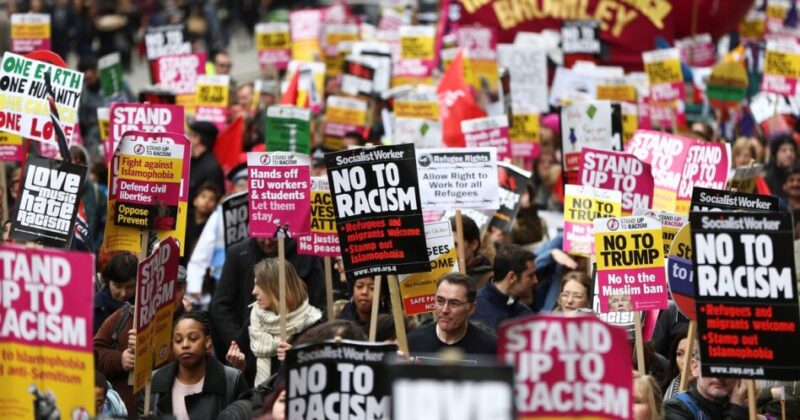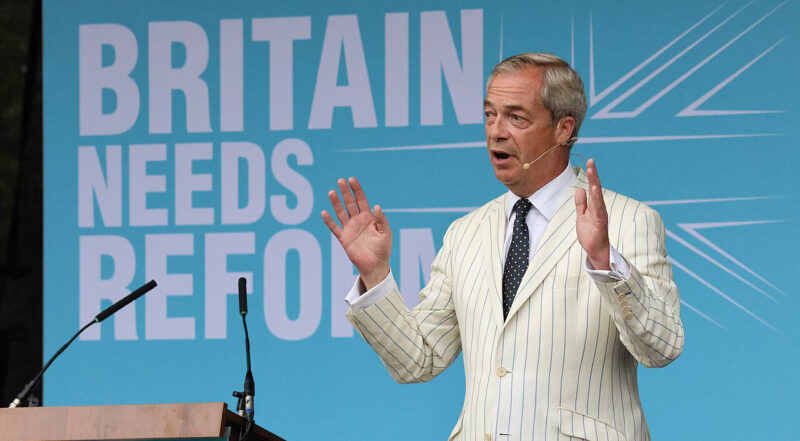Unions enter the battlefield: half a million surge onto London anti-cuts march
It was a long time coming, but yesterday London was crammed full of people for one of the largest demonstrations in years.
Trade unionists, families, pensioners, communities, youth and students took over central London in defence of jobs and services, and against the Con-Dem coalition.
The march was so huge that some protesters took over five hours to complete the short march route, engulfed in a sea of union banners, placards, flags and balloons.
The TUC, who called the demonstration, told media sources that they expected 100,000 to march. On the day, it was clearly many times that figure. Some estimate that as many as 500,000 took to the streets.
Solidarity
The unity of so many different sections of the working class and angry people from across Britain coming together sent a powerful message. It was clear from the chants and the slogans that this was not just workers airing their individual grievances, but against the whole government and its austerity package.

Older workers from Derbyshire told the BBC, “We’re youth workers…but the major reason we’re here is because young people are getting a real raw deal.”
The ‘March for the Alternative’ struck a heavy blow at the myth that Britain’s trade unions are a spent force. On the contrary, it showed how powerful Britain’s labour movement still is.
Many protesters were calling for the TUC to take further action after the demonstration. Thousands waved placards calling for a general strike. Trade unionists and their families joined in general strike chants by Workers Power and the REVOLUTION youth group.
Protester Michelle Lambert, who held a home-made general strike banner told the BBC, “Maybe they will call a general strike after this. It will give people more confidence.”
Strategy
On the tubes and busses home, thousands of protesters were discussing where to go from here. Few, if any, were under any illusions that the cuts programme can be stopped with one demonstration, even one as large as this.
Vince Cable, business minister has already said “No government – coalition, Labour or any other – would change its fundamental economic policy simply in response to a demonstration of that kind.”
This shows that industrial action has to be the next stage in the campaign, including a general strike.
At the rally in Hyde Park, Len McLuskey, Unite union leader and Mark Serwotka, leader of the PCS union both called for coordinated strike action. McLuskey called on Labour to change tack and be a “strong opposition.”
But the more right-wing leaders had a different message. Dave Prentis avoided calls for strike action in the public sector, saying “we should march in our thousands and vote in our millions.”
Labour Party leader Ed Miliband made clear that he did not want the fight against cuts to become a class issue and lose middle-class support. He said “We are here today from ALL walks of life, ALL classes” and he was booed when he said “we need some cuts, but this government is going too far.”
Miliband listed a series of struggles from the past from which we should take inspiration – the suffragettes, the US civil rights movement, the anti-apartheid movement. But he deliberately left out great struggles of the working class in Britain against Tory attacks: the general strike of 1926, the Miners’ Strike, the great anti-Poll Tax movement that brought down Thatcher.
Brendan Barber TUC general secretary focussed his speech on healthcare. He said “The NHS stands for something special: care, compassion, social solidarity, and let us pledge to do everything in our power to defend it.” Fighting talk! But what will exactly will he do? The challenge now is to hold these leaders to their words and demand that they actually do “everything in their power” and call a general strike. If they do not, it will become too late.
To deliver action with the TUC if possible, but without them if necessary, we need to build up the anticuts committees into local delegate-based councils of action, drawing in delegates from every union, every workplace, every campaign, every section of the working class.
Going forwards
The people that took part will remember March 26 as the day that we all came together in solidarity against the cuts. For many, it was their first march, but it will certainly not be their last.
The ‘March for the Alternative’ encapsulated the size, scale and diversity of opposition to the Con-Dem coalition.
It will have woken up millions of people to the power that they didn’t know they had. Now we need to use that power to break the Con-Dems, and bring down their millionaire coalition with a general strike.






